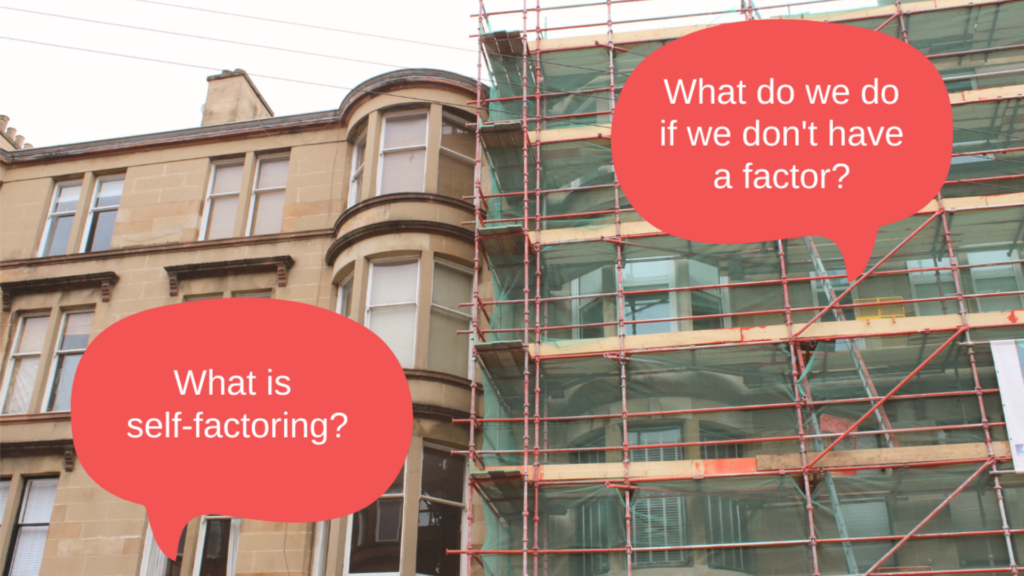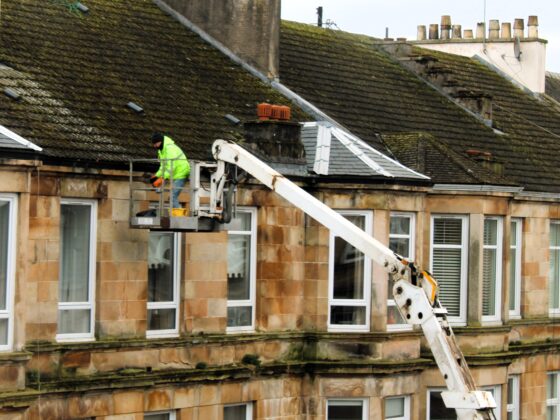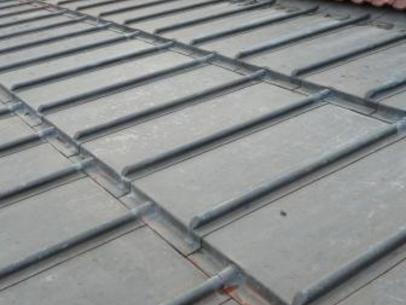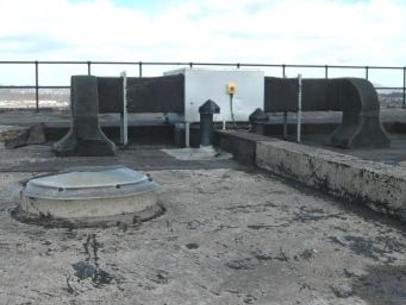Self-factoring
In any tenement building, the owners are responsible for the management and maintenance of their building. If no factor has been appointed to help maintain and manage the building, then the owners will need to self-factor.
Self-factoring means the owners will need to come together to deal with any maintenance or management issues that arise in their building. This can be challenging, but if owners can communicate well and make decisions collaboratively, this makes the process easier.
When it comes to making decisions about how to manage and maintain the communal parts of your building, like the close and common stair, it is important that all owners are informed.
Making decisions about maintenance work to the common parts of a tenement building most often requires a majority to go ahead. Therefore, it is important that all owners are consulted about any changes or repairs to the building.
Owners’ associations
One way to ensure that all owners are involved in decisions and the management of your building is to set up an owners’ association. An owners’ association is a group of owners who come together to tackle issues within their building.
To find out more about owners’ associations, you can visit our this page. Or read the next article in this newsletter to find out about owners’ experiences of having an association in their building.
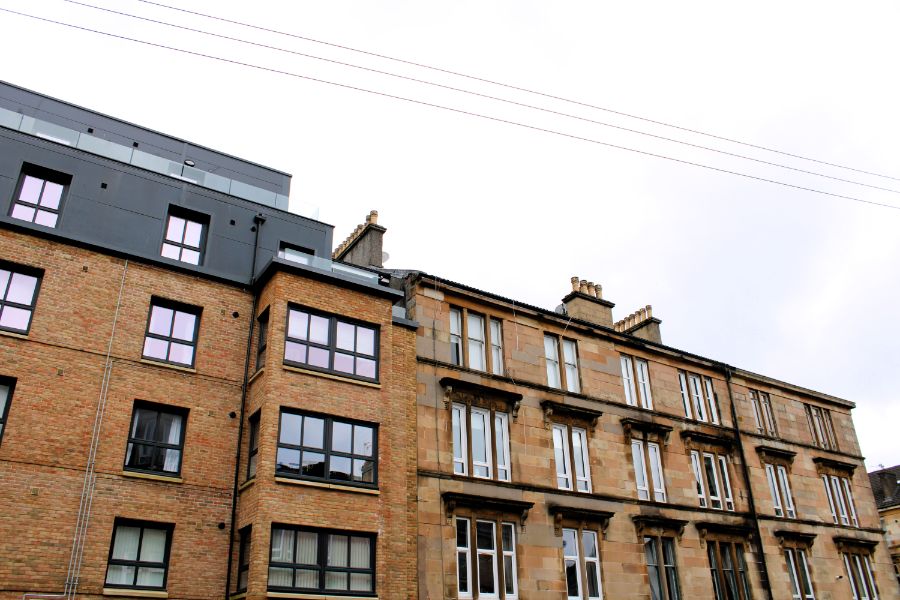
How do I know what the rules are for my building?
The title deeds for your property should give detail on the building’s rules and specify the owners’ responsibilities. However, sometimes title deeds may be unworkable or have information missing. If this is the case, you should refer to the Tenements (Scotland) Act 2004 for each particular case.
For example, if your building needs a roof repair but your title deeds do not say anything about who is responsible for the roof, you must refer to the Tenements Act. Under the Act, the roof is a common responsibility, so all owners must share the cost of a roof repair.
In another case, your title deeds might specifically say that in your building the close and stair are the mutual responsibility of some, but not all, owners in your building. In this situation, you would refer to your title deeds rather than the Tenements Act.
Download our building’s rules checklist to note down what your title deeds say. This can make it easier to reference your title deeds, rather than reading the original documents every time you need them.
Self-factoring can be challenging but it is doable, and lots of tenement buildings are managed in this way. But if you are interested in getting a commercial factor for your building, you can find out how to go about doing so here.

